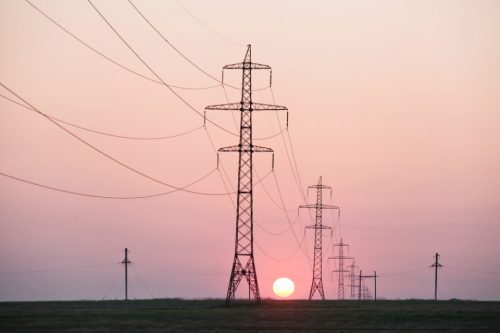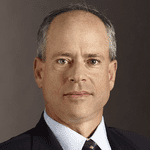
New California law sets grid planning precedent
Planning for distributed resources reduces unnecessary investments in central generation and transmission and prepares the grid to be cleaner, more efficient, and more resilient.
California Governor Jerry Brown recently signed into law Assembly Bill (AB) 327, which mandates that the state’s largest investor owned utilities proactively plan for a distributed power system. The new law brings together years of Clean Coalition work and marks a significant step forward in smarter grid planning by ensuring that California ratepayers are protected from unnecessary investments in the outdated centralized power paradigm.
The insightful law acknowledges that distributed energy resources (DER) – such as distributed generation, energy storage, demand response, and advanced inverters – increasingly offer a cost-competitive alternative to transmission-dependent, conventional generation. And modernizing the grid with DER can deliver additional benefits, including greater system efficiency and increased reliability. As these benefits are further analyzed, quantified, and monetized, the deployment of DER will continue along its rapidly accelerating trajectory.
To prepare for this shift, AB 327 requires California’s largest utilities to plan their grids for DER. Specifically,AB327requires that Pacific Gas & Electric, Southern California Edison, and San Diego Gas & Electric take the following three actions:
- Submit plans to the California Public Utilities Commission that identify optimal locations for the deployment of distributed resources.
- Propose policies and programs to achieve this deployment.
- Include any necessary distribution grid spending to accomplish their plans in their next general rate case.
In the same manner that the Clean Coalition expanded its Rule 21 interconnection reforms to the national level, AB 327’s required actions set an important precedent for the rest of the country. This Clean Coalition victory highlights that proactively planning for distributed resources reduces unnecessary investments in central generation and transmission, while also preparing the grid to be cleaner, more efficient, and more resilient.

